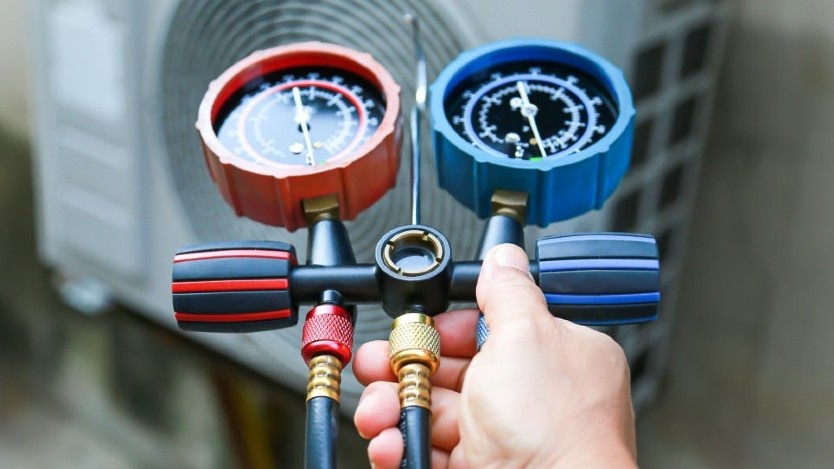HFCs offer several benefits as a refrigerant, as it contributes less to the depletion of the ozone layer as it does not contain chlorine and does not deplete the stratosphere layer of the ozone layer.
According to the report by NASA, excessive use of HFCs is expected to contribute most to global warming in 2050, if not now, by speeding up the chemical reaction destroying the ozone layer. The global HFC refrigerants market is anticipated to exhibit a CAGR of 3.7% during the forecast period 2022-2028, according to the ResearchAndMarkets report. The considerable rise in urbanisation has created high demand for air conditioners for offices, buses, homes, and many more places, creating a demand for different refrigerants.
Furthermore, the rising demand for chilled and frozen food and beverage products has increased the demand for the cold chain market, further creating the demand for different refrigerants. HFCs offer several benefits as a refrigerant, as it contributes less to the depletion of the ozone layer as it does not contain chlorine and does not deplete the stratosphere layer of the ozone layer. It is also used to replace older CFCs and HCFCs that are more hazardous to the environment. However, the rising adoption of refrigeration gases as the best available alternative over HFCs by key manufacturers of AC and refrigerators is likely to have a negative impact on the growth of the HFC refrigerant market across the globe. Moreover, stringent government regulations prohibiting the use of HFCs, CFCs, and HCFCs are estimated to restrain and challenge the growth of the HFC refrigerant market share during the forecast period.
The market is segmented based on type and applications. The market is segmented on type: HFC-134a, HFC-125, HFC-143a, HFC-32, HFC-152a, and others. Based on the application segment, the market is bifurcated into air conditioners, automotive air conditioners, refrigerators, and others. The R134a segment held a significant market share in 2020. The market growth is driven by its uses in air conditioners, automotive air conditioners, and medium-temperature refrigeration across the globe. It was generally developed to replace R12 in car AC systems and coolers. The R134a is the most abundant HFC in the atmosphere and has been the most common refrigerant in MVAC systems since the 1990s. The companies manufacturing R134a HFC refrigerators include Harp International Ltd., Daikin Industries, Ltd., Linde AG, and Mexichem S.A.B. de C.V.
Regional outlook
The global HFC refrigerant market is analysed based on the geographical regions contributing significantly towards the market’s growth. Based on geography, the market is bifurcated into North America, Europe, Asia Pacific, and the Rest of the World. Asia Pacific is estimated to be the fastest-growing region during the forecast period due to emerging economies like Japan, China, and India leading to high growth of urbanisation in this region. North America is estimated to have a decline in the HFC refrigerant market owing to strict government policies and regulations. In September 2016, the United States EPA announced that specific refrigerants, including R134a and R410A, can no longer be used in new chillers.
Cookie Consent
We use cookies to personalize your experience. By continuing to visit this website you agree to our Terms & Conditions, Privacy Policy and Cookie Policy.












